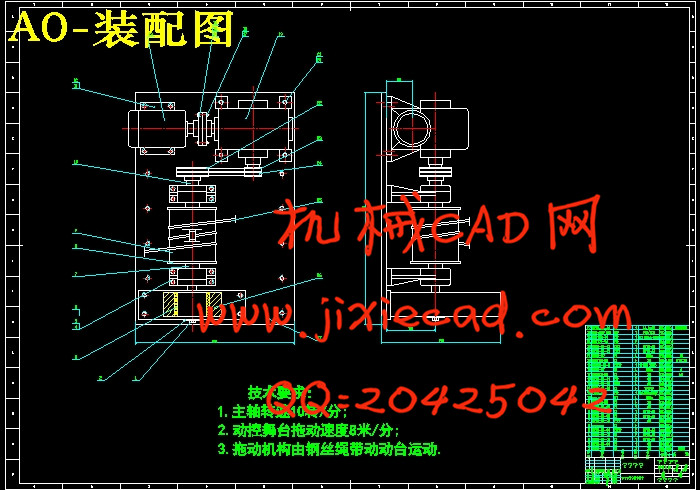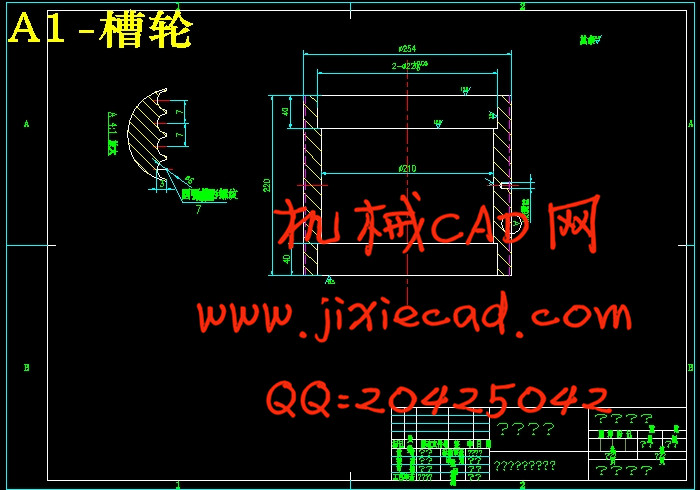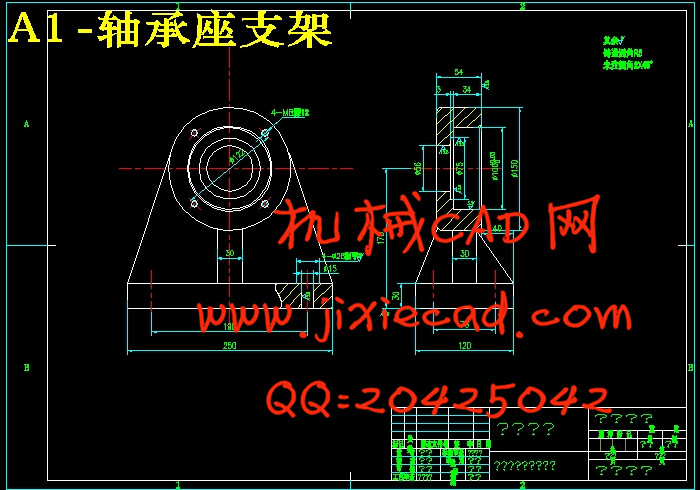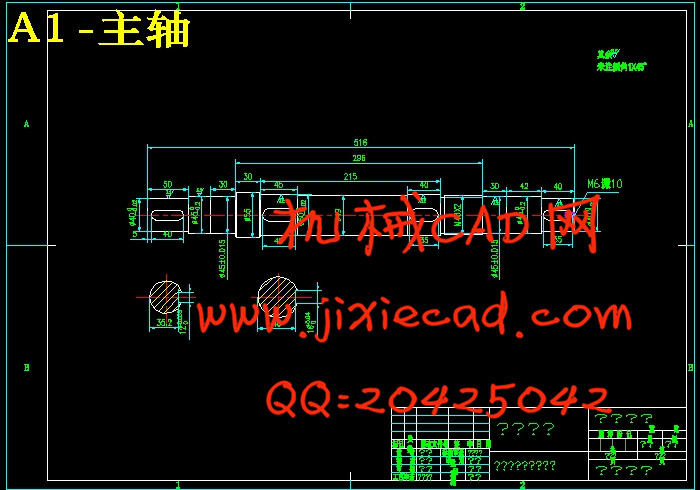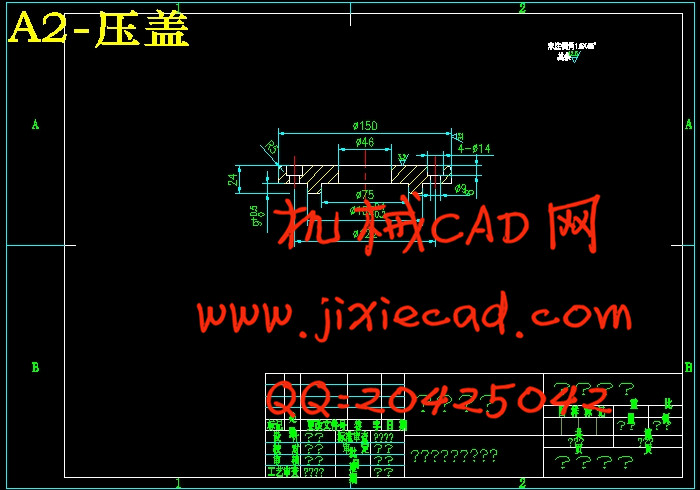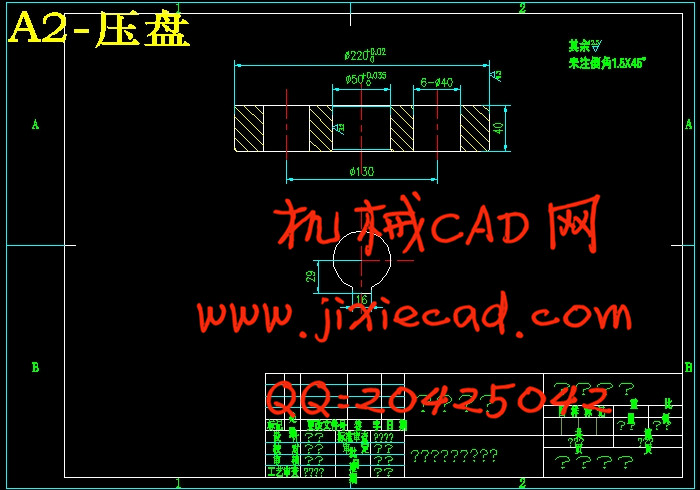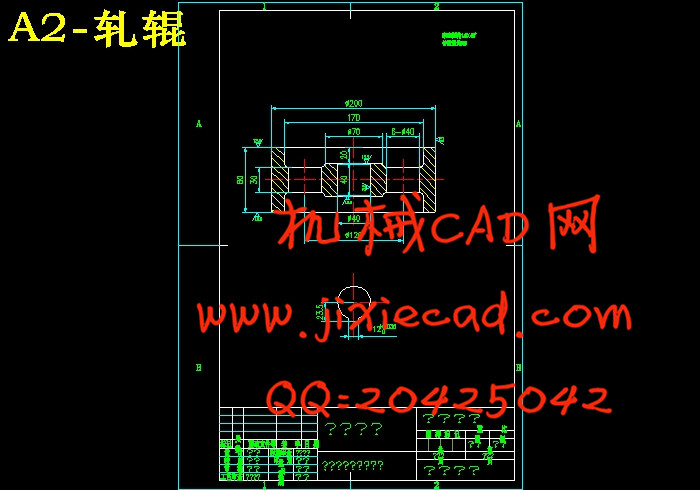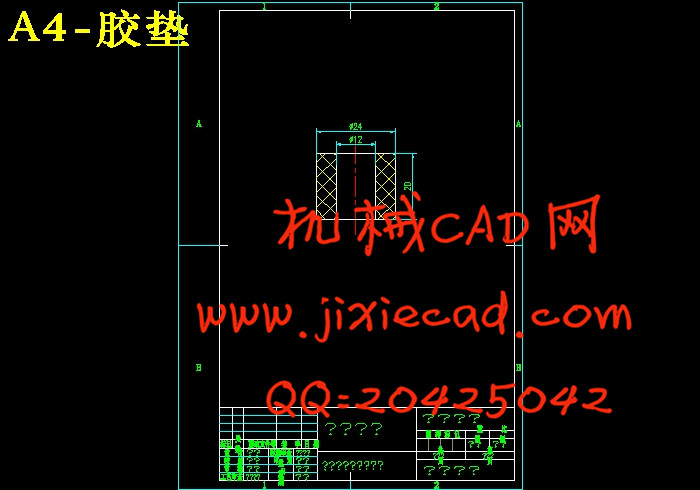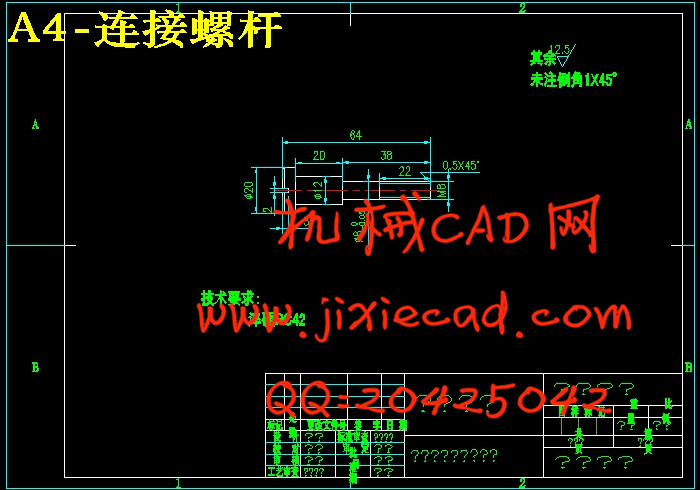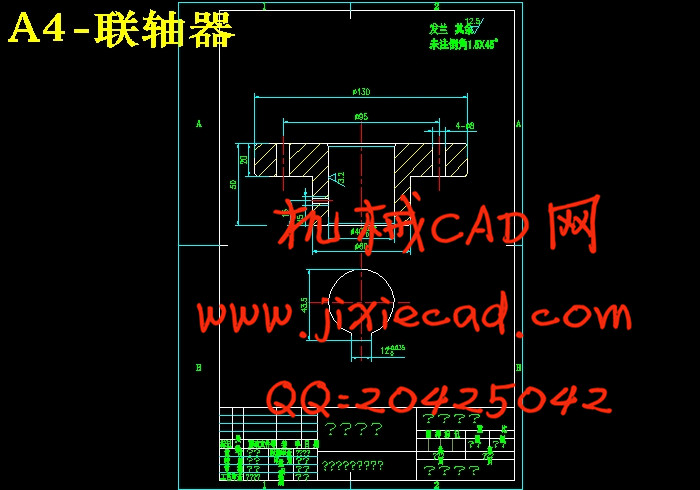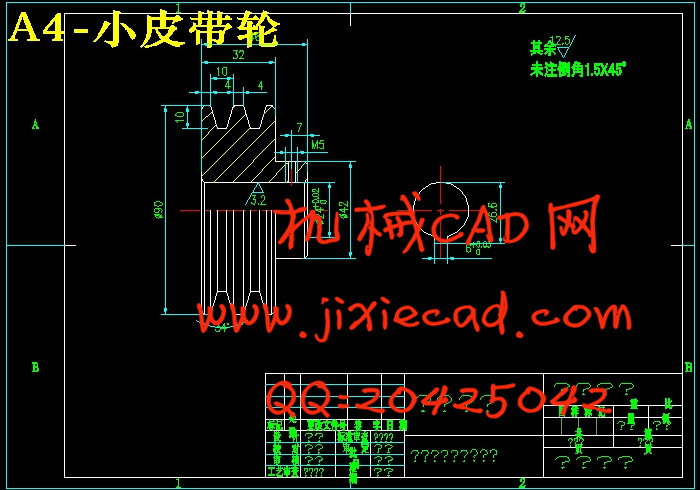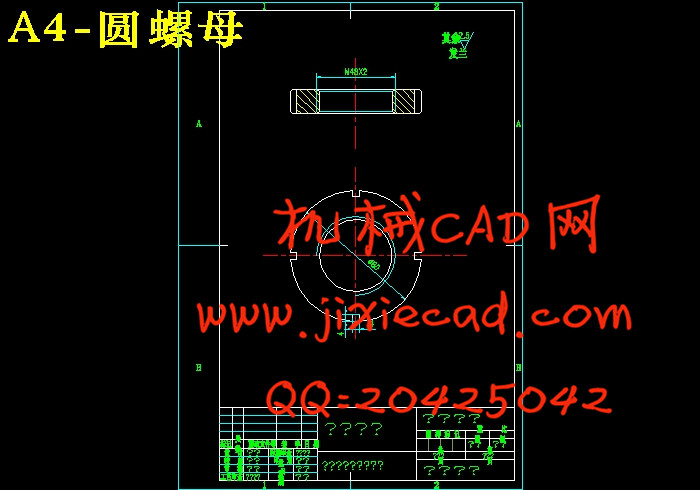设计简介
摘要
随着人们文化生活水平的提高,对平台演出节目的质量要求越来越高。平台的现代化、智能化是必然的发展趋势。国内虽有部分平台参照了国外的平台形式,但整体的技术水平较低,不能满足平台使用的各种功能要求。本文以北京广播电视中心800㎡演播厅平台与长影平台为例,通过选择合理的传动机构使平台实现平稳传动,长度达到12米的现代化动控平台。通过平台伸缩的最佳速度8m/min,选择相匹配的电动机与减速器,并通过对槽轮的设计使平台达到速度要求,从而依据完成主轴的设计。选择合理的传动机构(钢丝绳传动)实现平台平稳传动。并注意平台传动机构与拖动机构相匹配,共同达到平台设计要求。
关键词:动控平台 传动机构 钢丝绳传动 主轴设计
Abstract
Along with the people culture living standard enhancement, is more and more high to the stage items on the program quality requirement. The stage modernization, the intellectualization are the inevitable development tendency. The home although had a part of stage to refer to the overseas stage form, but the whole technical level was lower, could not satisfy the stage use each kind of function to request. This article take the Beijing broadcast television center 800㎡telecasts halls stage and the Changchun Movie Studio stage as an example, enables the stage realization steady transmission through the choice
reasonable transmission system, the length to achieve 12 meters modernizations move control the stage.
Optimum velocity 8m/min expands and contracts which through the stage, the electric motor and the reduction gear which the choice matches, and through enables the stage to the V-belt pulley design to meet the speed requirements, thus rests on completes the main axle the design. Chooses the reasonable transmission system (rope drive) to realize the stage steady transmission. And pays attention to the stage transmission system with to drive the organization to match, meets the stage design requirements together.
Key word: Moves controls the stage, the transmission system, the rope drive, the main axle design
目 录
Abstract II
第一章 智能平台控制系统构成 3
1.1 平台台面组成 3
1.2 台面运动控制原理 5
1.3 台面运动控制系统配置 6
1.4 台面运动控制回路的组成 8
1.5 控制系统设计 9
1.6 控制系统硬件设备 12
1.7 控制系统监控点统计 12
第二章 平台设计总体原则 15
1、 钢结构 15
4、 限位、定位、超程开关 16
(3)计算电机输出的总力矩M 18
第三章 负载起动频率估算。 18
运行的最高频率与升速时间的计算 19
第四章 减速器的选择要求与原则 19
第五章 平台传动设计 20
第六章 主轴的设计 22
1.求减速器输出轴上的功率P3、转速n3和转矩T3 22
2.初步确定轴的最小直径(见图1) 22
3.轴的结构设计 23
4.求轴上的载荷 24
5.抗弯扭合成应力校核轴的强度 26
6.精确校核轴的疲劳强度 26
结 论 29
致 谢 30
参考文献 31


